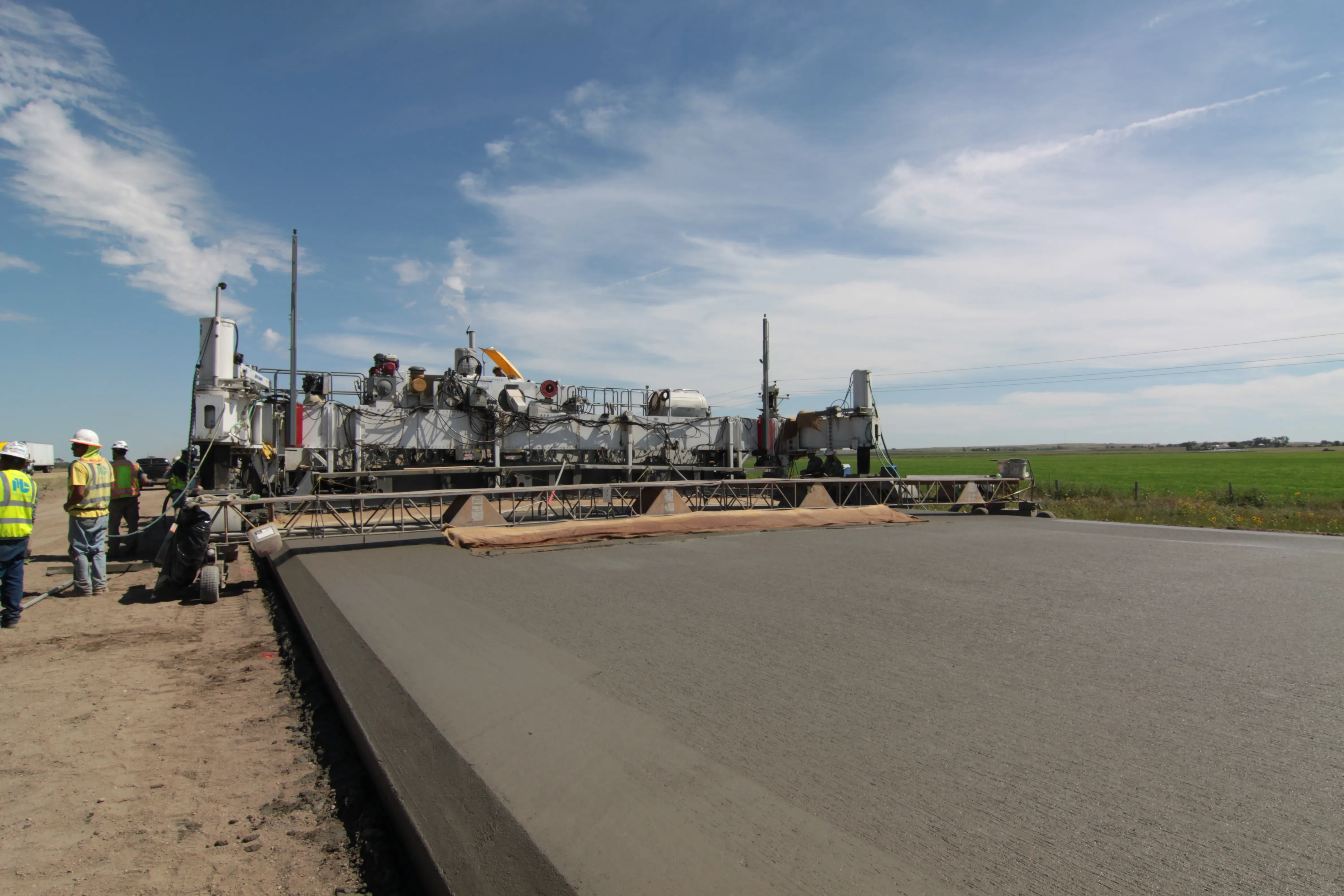Parsons has won a deal to design and installation of the nation’s first all-lane, dynamic-priced tolling system on a 16km segment of Interstate 66 in Virginia. This stretch of highway runs from Interstate 495, the Capital Beltway, to US Route 29 in Rosslyn, Virginia. Dynamic tolling, able to adjust toll pricing to demand, will operate in the peak travel direction during weekday rush hours. This will help lower traffic congestion into and out of US capital Washington, DC.
June 28, 2016
Read time: 2 mins
RSS3220 Parsons has won a deal to design and installation of the nation’s first all-lane, dynamic-priced tolling system on a 16km segment of Interstate 66 in Virginia. This stretch of highway runs from Interstate 495, the Capital Beltway, to US Route 29 in Rosslyn, Virginia. Dynamic tolling, able to adjust toll pricing to demand, will operate in the peak travel direction during weekday rush hours. This will help lower traffic congestion into and out of US capital Washington, DC.
Currently, the 16km stretch of I-66 is restricted during peak rush hours to vehicles with two or more occupants. These high occupancy vehicles will continue to travel the highway section for free. However single-occupant vehicles will pay a rush-hour toll based on traffic volume. All travel lanes will remain free to all motorists during off-peak periods. Toll revenue will fund new travel options that may include bus services, upgraded and expanded bike and pedestrian access, intersection upgrades on parallel roads and other transit developments.
Currently, the 16km stretch of I-66 is restricted during peak rush hours to vehicles with two or more occupants. These high occupancy vehicles will continue to travel the highway section for free. However single-occupant vehicles will pay a rush-hour toll based on traffic volume. All travel lanes will remain free to all motorists during off-peak periods. Toll revenue will fund new travel options that may include bus services, upgraded and expanded bike and pedestrian access, intersection upgrades on parallel roads and other transit developments.








